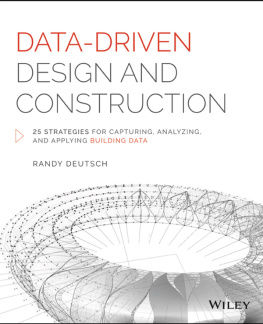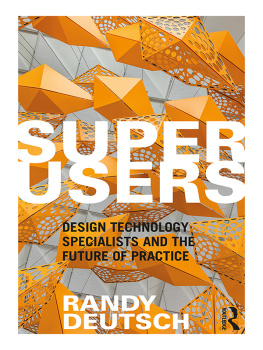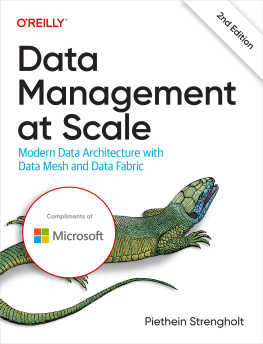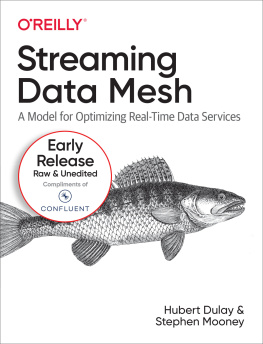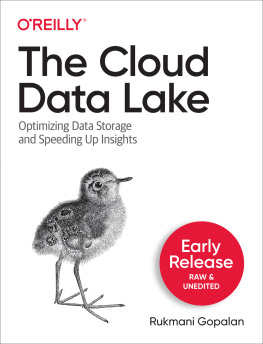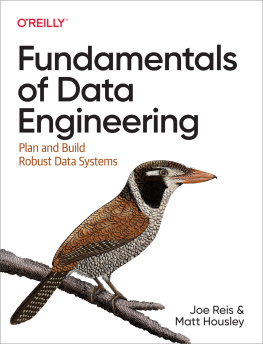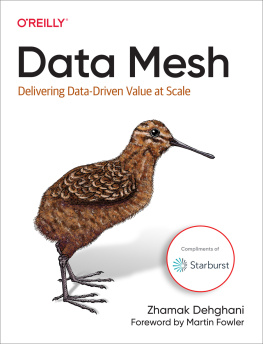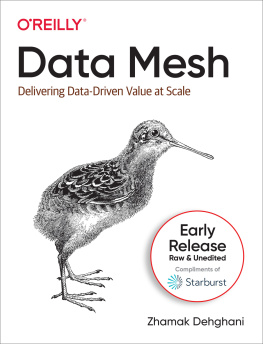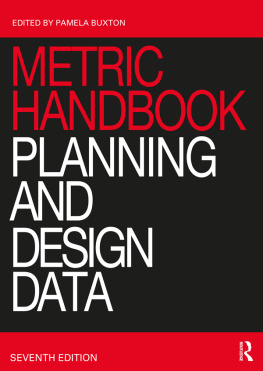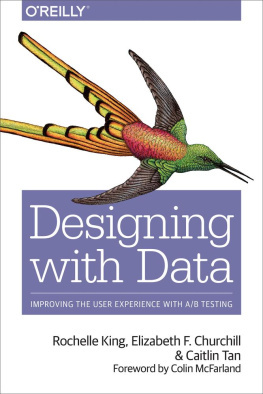
This book is printed on acid-free paper. 
Copyright 2015 by Randy Deutsch. All rights reserved
Published by John Wiley & Sons, Inc., Hoboken, New Jersey
Published simultaneously in Canada
No part of this publication may be reproduced, stored in a retrieval system, or transmitted in any form or by any means, electronic, mechanical, photocopying, recording, scanning, or otherwise, except as permitted under Section 107 or 108 of the 1976 United States Copyright Act, without either the prior written permission of the Publisher, or authorization through payment of the appropriate per-copy fee to the Copyright Clearance Center, 222 Rosewood Drive, Danvers, MA 01923, (978) 7508400, fax (978) 6468600, or on the web at www.copyright.com. Requests to the Publisher for permission should be addressed to the Permissions Department, John Wiley & Sons, Inc., 111 River Street, Hoboken, NJ 07030, (201) 7486011, fax (201) 7486008, or online at www.wiley.com/go/permissions.
Limit of Liability/Disclaimer of Warranty: While the publisher and author have used their best efforts in preparing this book, they make no representations or warranties with the respect to the accuracy or completeness of the contents of this book and specifically disclaim any implied warranties of merchantability or fitness for a particular purpose. No warranty may be created or extended by sales representatives or written sales materials. The advice and strategies contained herein may not be suitable for your situation. You should consult with a professional where appropriate. Neither the publisher nor the author shall be liable for damages arising herefrom.
For general information about our other products and services, please contact our Customer Care Department within the United States at (800) 7622974, outside the United States at (317) 5723993 or fax (317) 5724002.
Wiley publishes in a variety of print and electronic formats and by print-on-demand. Some material included with standard print versions of this book may not be included in e-books or in print-on-demand. If this book refers to media such as a CD or DVD that is not included in the version you purchased, you may download this material at http://booksupport.wiley.com. For more information about Wiley products, visit www.wiley.com.
Cover image: Copyright NBBJ
Cover design: Wiley
Library of Congress Cataloging-in-Publication Data:
Deutsch, Randy.
Data-driven design and construction : 25 strategies for capturing, analyzing and applying building data /
Randy Deutsch.
pages cm
Includes index.
ISBN 978-1-118-89870-3 (hardback); ISBN 978-1-118-89921-2 (ebk.); ISBN 978-1-118-89926-7 (ebk.)
1. BuildingData processing. I. Title.
TH437.D48 2015
720.285dc23
2015021964
To my son, Simeon,
who taught me to seek out primary sources
in writing and in life.
If we have data, lets look at data. If all we have are opinions, lets go with mine.
Jim Barksdale
FOREWORD
In this comprehensive book, Professor Randy Deutsch has unlocked and laid bare the twenty-first-century codice nascosto of architecture. It is data. Big data. Data as driver. The word alone sends shivers down most architects spines. It is seen as cold, analytic, devoid of arta word that suggests formlessness. For some in the design industry, especially those trained before the turn of the millennium, it portends the death of architecture as they were taught it and have come to know it. But data, a building block of information, is an essential strand of architectures DNA in the twenty-first century.
Like many who became interested in architecture at a very young age and then were educated and trained in the 1970s using T-squares, triangles, and slide rules, I have seen momentous changes in the profession over the past 40-plus years. There has likely been more transformation (much of it revolutionary) in that time, in terms of how design has been affected, production changed, and outcomes altered, than in the previous five centuries. My generation had to learn architecture, and the making of it, all over again. No longer are we reliant on pens, pencils, and mechanical hardware informed by intuition and limited analysis. Instead, we can rely upon real analysis, real research, real information, broken down and shared into zeros and ones, data bits, and software that alters our understanding exponentially, turning analysis into fact-based performative form.
Zeroes and ones break down words, numbers, and images into a commonly shared language that in turn takes on many forms. The zeroes and ones code data. They are analytic and virtual, replacing the intuitive and virtuous nature of architecture and design that we were taught was timeless. Le Corbusiers Modulor, his riff on the Golden Section and measurement, can be interpreted as an early zeroes-and-ones analogue, even though most architects choose to see it as solely a yardstick or a cubic and volumetric definer of space and form. This was simple data in the form of a rule-set, or principles, which helped to engender form.
Information is a word that for most architects has real and true meaningparticularly if it ensures for them an exchange of facts and ideas that could potentially lead to realizing design intentions. Information-based design seems harmless enough, but for many architects it has a multiplicity of meanings. Information in the twenty-first century is data-driven and data-based. At its root, in-form-ation is a word that as a basic building block of architecture crosses generation, meaning, and outcome.
Form is a word that most architects embrace. At its root, it means the most to design-oriented architects. Pre-form, per-form, form-ulateall actively modify the root into more meaning and depth, through prefix or suffix modifications. In this new architecture, zeroes and ones, and therefore data, give form meaning, extend form, and make form performative. Twenty-first-century form, especially as imagined by architects, can only be produced through data, modified by data, realized with data, and measured by data.
Professor Deutsch takes data, information, and form, and explains not only how they are used, but also how they are useful. More important, he discusses the benefits and positive outcomes of employing big data. Those zeroes and ones become architecture, through data, making up information and helping to form performative form. How novel an idea that is: that architecture can become informed, smart, offer feedback, continuously adjust, and continue to improvenot just because we, as architects, say it can, but because the data either tells us it is working or helps us to adjust and accommodate for that which is not working. Our architecture can be responsive to our environment, and to us, and in turn, it can continuously inform the architecture that follows it.
But here we are, 15 years into the new millennium, and still many architects and constructors do not see it that way. In spite of this, architecture can, and will, be made better through information, realized by gathering, analyzing, and maneuvering data. It will be improved by more of it, in real time, during predesign, design development, and documentation phases, enhancing designs performatively and measurably rather than intuitively. Lastly, data doesnt stop with conception and design. As stated in this tome, it is important not only throughout the design industry among suppliers and constructors alike, but also well beyond the time when clients occupy the buildings they have commissioned. The influence of data is a full cycle, continuously informing and reforming architecture.
Next page
